I wasn’t surprised that the Stadium amp had very little circuitry when I opened her up, she sounds very direct and uncomplicated.
A real point to point beauty laid out intelligently and very little of the ‘rat’s nest’ jumble to deal with.
This little thing has a few wiring surprises such as the inputs going directly to the volume control before hitting any tubes or resistors. More on that later as I plan to open up and analyze the circuitry of each amp that has been presented here to date.





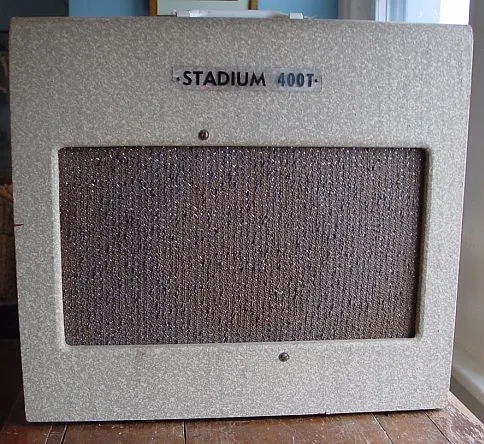

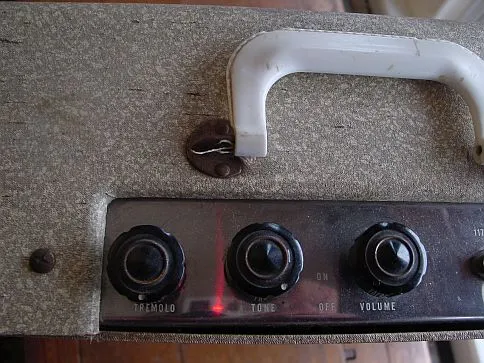
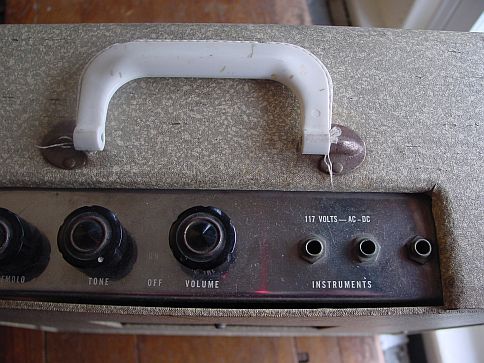
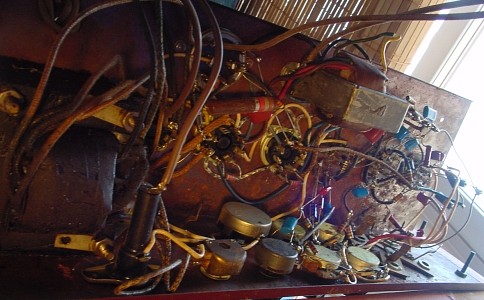
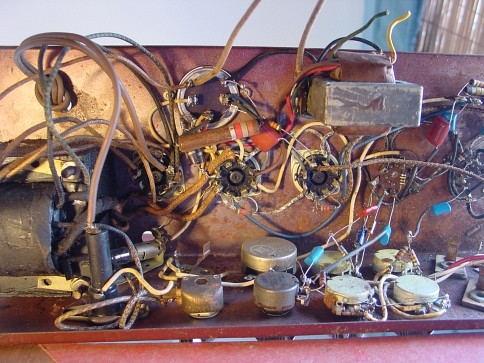

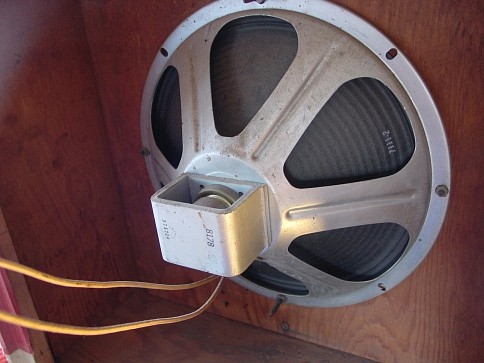
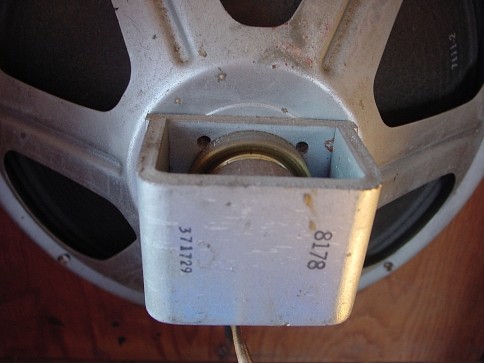

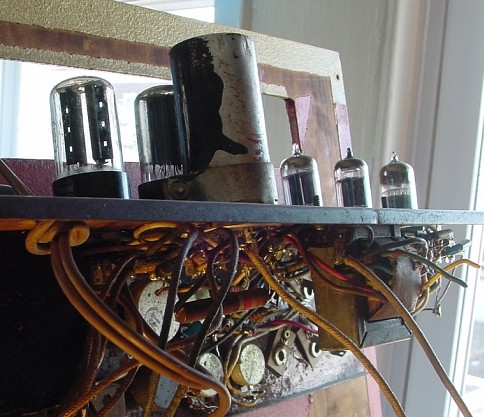


You must be logged in to post a comment.